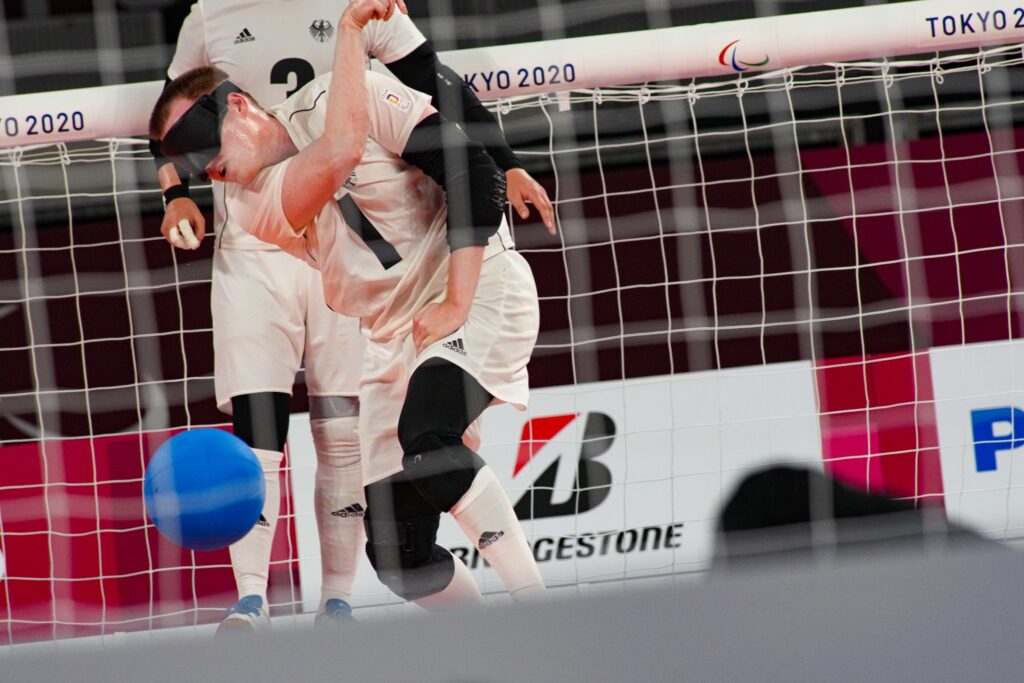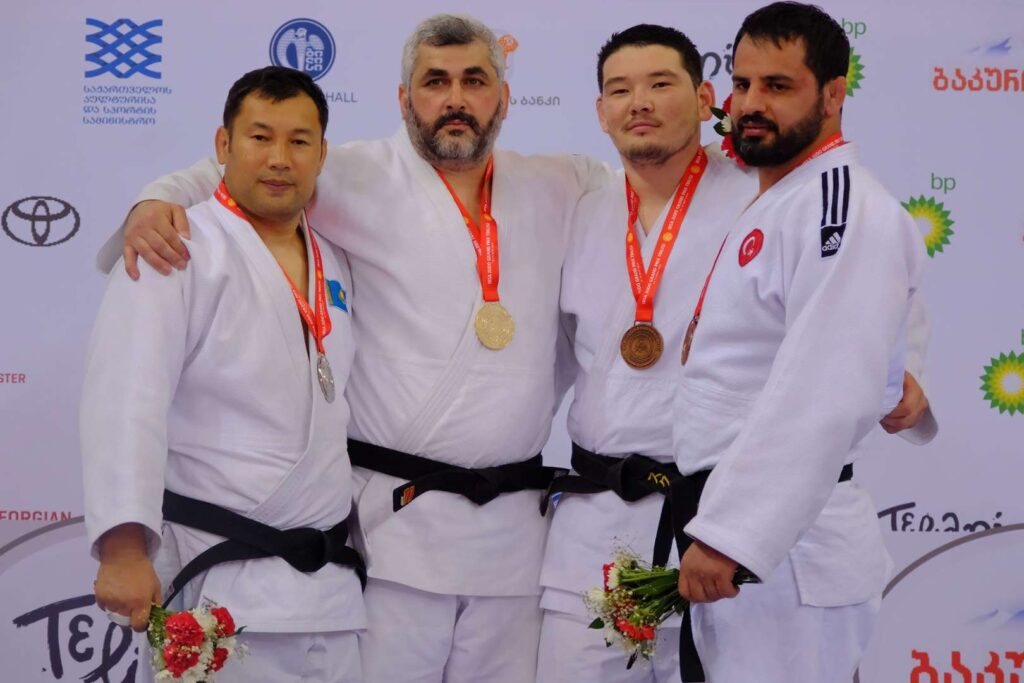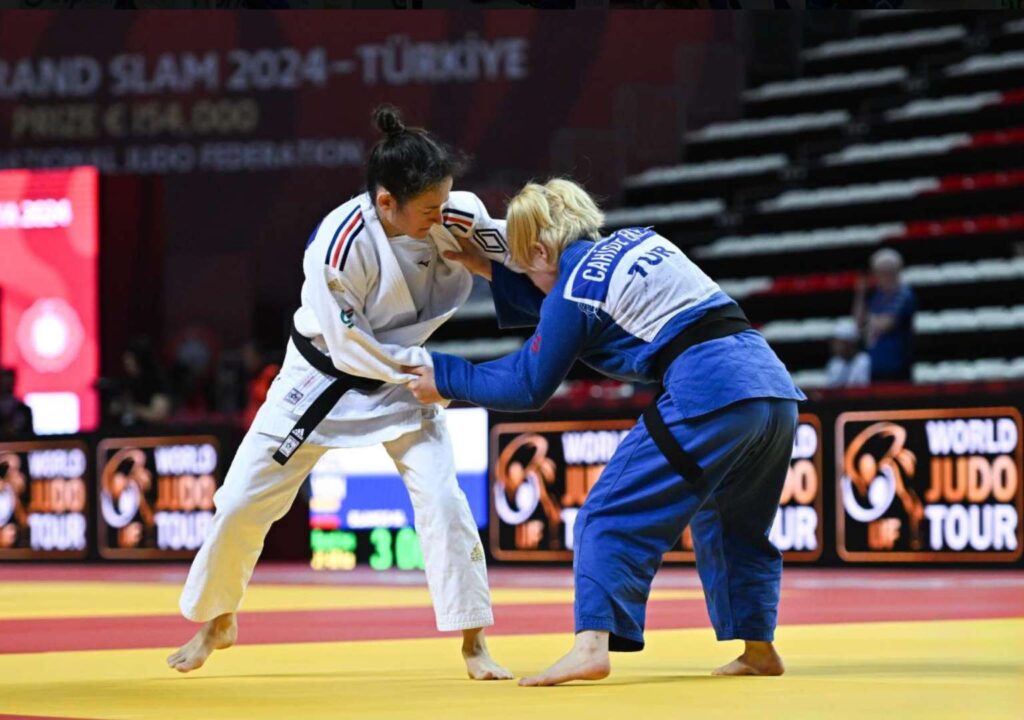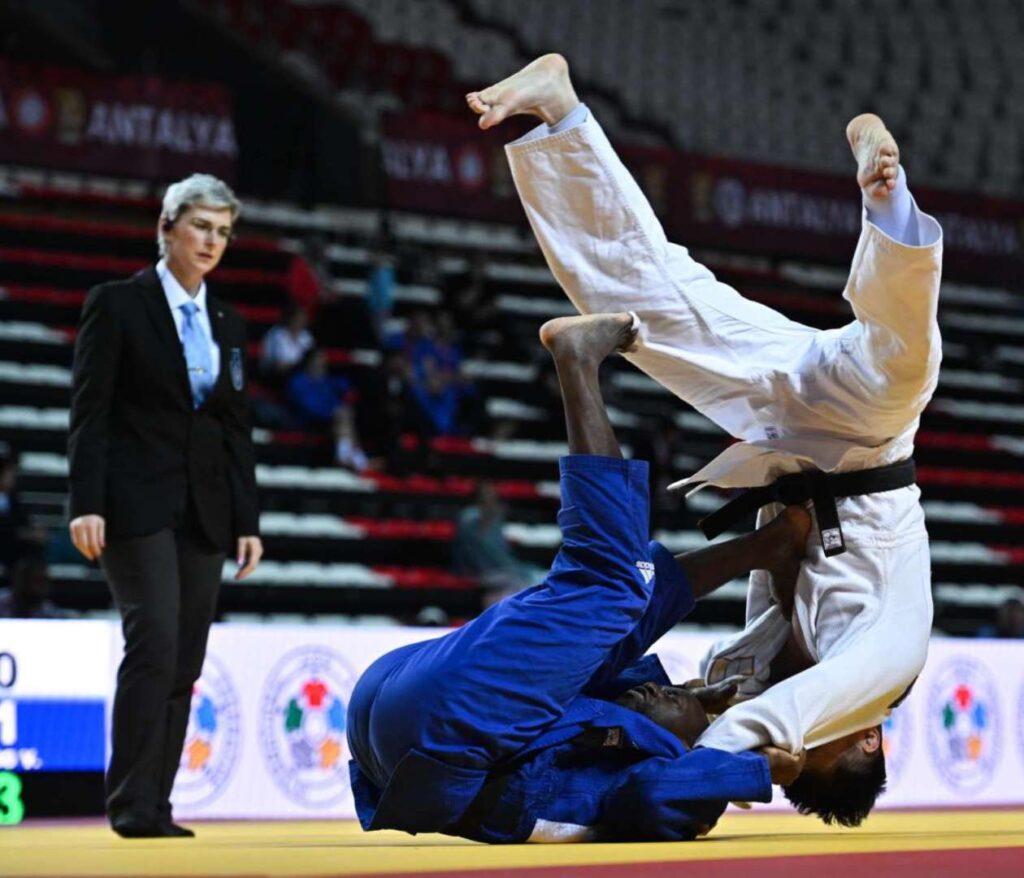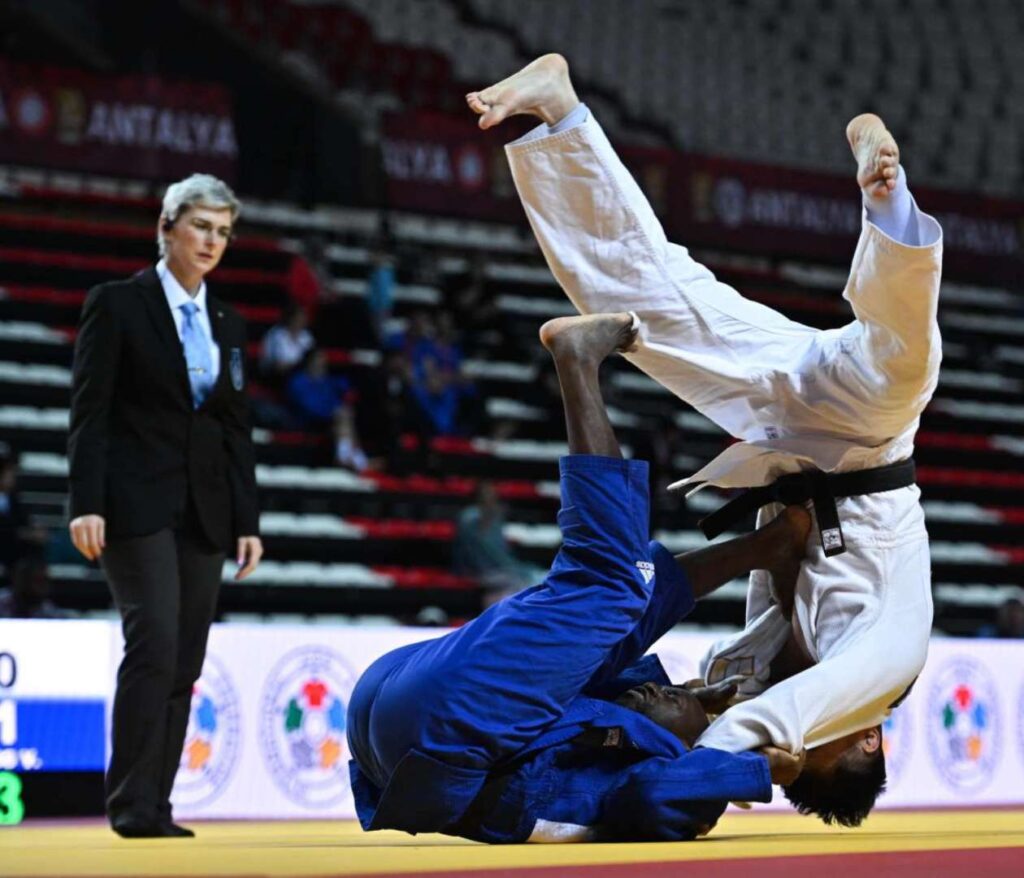News
New judo coaching video in the works
Date: November 8, 2019
Category: Judo
International Blind Sports Federation (IBSA) Judo and the International Judo Federation (IJF) are set to release a new film to help coaches train high performance judoka with a visual impairment.
The video, produced by Fighting Films, is the latest collaboration between the two International Federations as they work together to develop IBSA Judo.
Top athletes and coaches from around the world travelled to Walsall, Great Britain, at the end of October to take part in the filming.
The script was designed by Marc Vink of the USA and Great Britain’s Ian Johns, the Director of Coaching and Education on the IBSA Judo Committee.
The judoka featured include world and regional medallists Chris Skelley of Great Britain, Romania’s Alex Bologa, Sweden’s Nicolina Pernheim, the USA’s Ron Hawthorne, France Helios Latchoumanaya and Puerto Rico’s Luis Perez Diaz. Great Britain’s Caitlin Leigh and Connah Anders were also used as Uke.
Activities were overseen by IBSA Judo Committee Chairperson Norbert Biro and Sport Director Janos Tardos.
“The objective of this project was to demonstrate to elite coaches what it takes to coach visually impaired athletes of an elite standard,” Johns said.
“IBSA Judo has already produced a video in 2016 demonstrating how to coach visually impaired judoka – this film intends to show what the major differences are for coaches to deliver technical, tactical and psychological aspects to a high level."
The film will cover the difference and demands of Kumikata for athletes with visual impairments, preparation and execution of Nage waza, transition into Newaza and decision making during a contest.

The main body of planning was informed by the 'Hajime-Matte model for coaching' developed in Great Britain to show what is needed to develop a successful judoka.
It was decided that each athlete would demonstrate their own trademark judo skills and that the major coaching points would be highlighted.
“Each of the judo coaches spent a lot of time with the athletes discussing what makes the technique specific to visually impaired athletes,” Johns said. “During the filming the coaches and athletes had the opportunity to discuss what points needed to be put across in order for elite coaches to train their athletes.
“The filming took two days and was a very long process – the attention to detail from the Fighting Films team was unbelievable. One of the key points during the filming was that the rules are different and so the execution of techniques is sometimes different because the athletes start on the grip. There were many discussions on Kumikata strategies, styles and complexities. These points will be put across in the film.”
The video will have a voice over to help describe the movements and main coaching points, to make it accessible for coaches with visual impairments. It is intended that this voice over can then be translated into a number of different languages.
The film is currently being edited by Fighting Films and will be available shortly. It is hoped that it can be distributed on a number of different platforms and will be used for educational purposes around the world.
“It is widely accepted by coaches and athletes that coaching Paralympic or Olympic athletes is essentially the same process with a number of key differences including the specific rules, the descriptive nature of coaching points and actual hands on coaching,” Johns said.
“A huge thank you must go to the IJF and Mr Vizer for supporting this project and helping to spread more knowledge to the rest of the Judo family about how to coach elite visually impaired athletes. Without this help it would be impossible to showcase Paralympic judo to the rest of the world and we are eternally grateful.”
